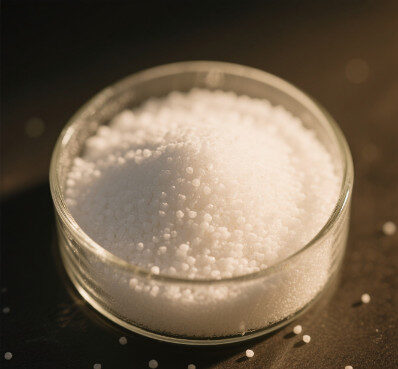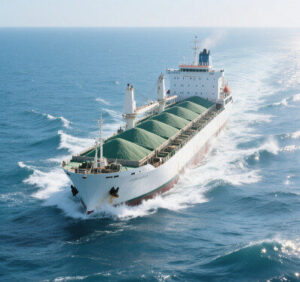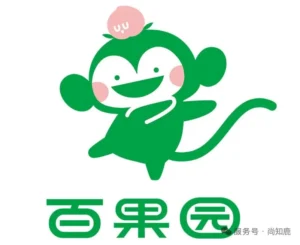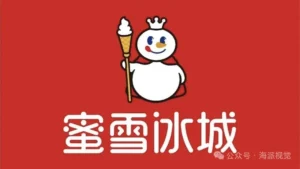August 4, 2025 — This week, international urea markets have experienced a widespread price rally, with key production regions reporting significant increases ranging from 15 to 32 RMB/ton. This surge is primarily due to tightening global supplies, strong demand, and anticipation surrounding India’s upcoming mega tender, which is expected to influence market dynamics further.
Price movements across major regions reflect unique demand and supply pressures. In Brazil, CFR prices for large granules have climbed to $460-$480/ton due to strong agricultural demand ahead of the peak season. Meanwhile, the Middle East and North Africa (MENA) region has seen FOB prices rise due to export restrictions and production delays that limit available exports. The Black Sea and Baltic regions have seen price hikes of $20–$30/ton, driven by European buyers replenishing inventories to meet seasonal demand. In Southeast Asia, maintenance shutdowns in Malaysia and Brunei have tightened local supplies, driving up import bids from neighboring countries.
Supply constraints have become a key driver of the price increase. Indonesia recently secured deals for large granules at over $480/ton FOB, likely targeting India’s next import cycle. Production halts in Egypt and Iran have further strained global availability. Meanwhile, China’s continued export restrictions have curtailed shipments, keeping international markets undersupplied. These disruptions have collectively created a supply deficit that traders and analysts believe will persist until new production stabilizes.
All market attention is now focused on India’s 2-million-ton IPL tender, which closes today. Speculation suggests that bids could surpass July’s levels and establish a new benchmark above $495/ton CFR. Aggressive bidding from Brazil and Southeast Asia — both of which have strong export capacities — could potentially push prices even higher. India’s status as a major urea importer makes the tender results a crucial indicator for near-term price trends.
Looking ahead, analysts anticipate continued price strength through September. Brazil’s approaching demand peak and ongoing European restocking activities are expected to maintain upward pressure. However, risks remain. China’s export policies could shift unexpectedly, altering global trade flows. Additionally, new production from Russia and the Middle East could alleviate shortages by late Q3, which may stabilize prices. Despite these uncertainties, current market sentiment remains bullish. Supply deficits and unyielding demand are expected to dominate price dynamics.
As the Indian tender results emerge, market participants will closely monitor their influence on regional trade and pricing. Geopolitical factors and production disruptions will likely continue to cause volatility, underscoring the importance of vigilantly monitoring regional developments and policy shifts.









